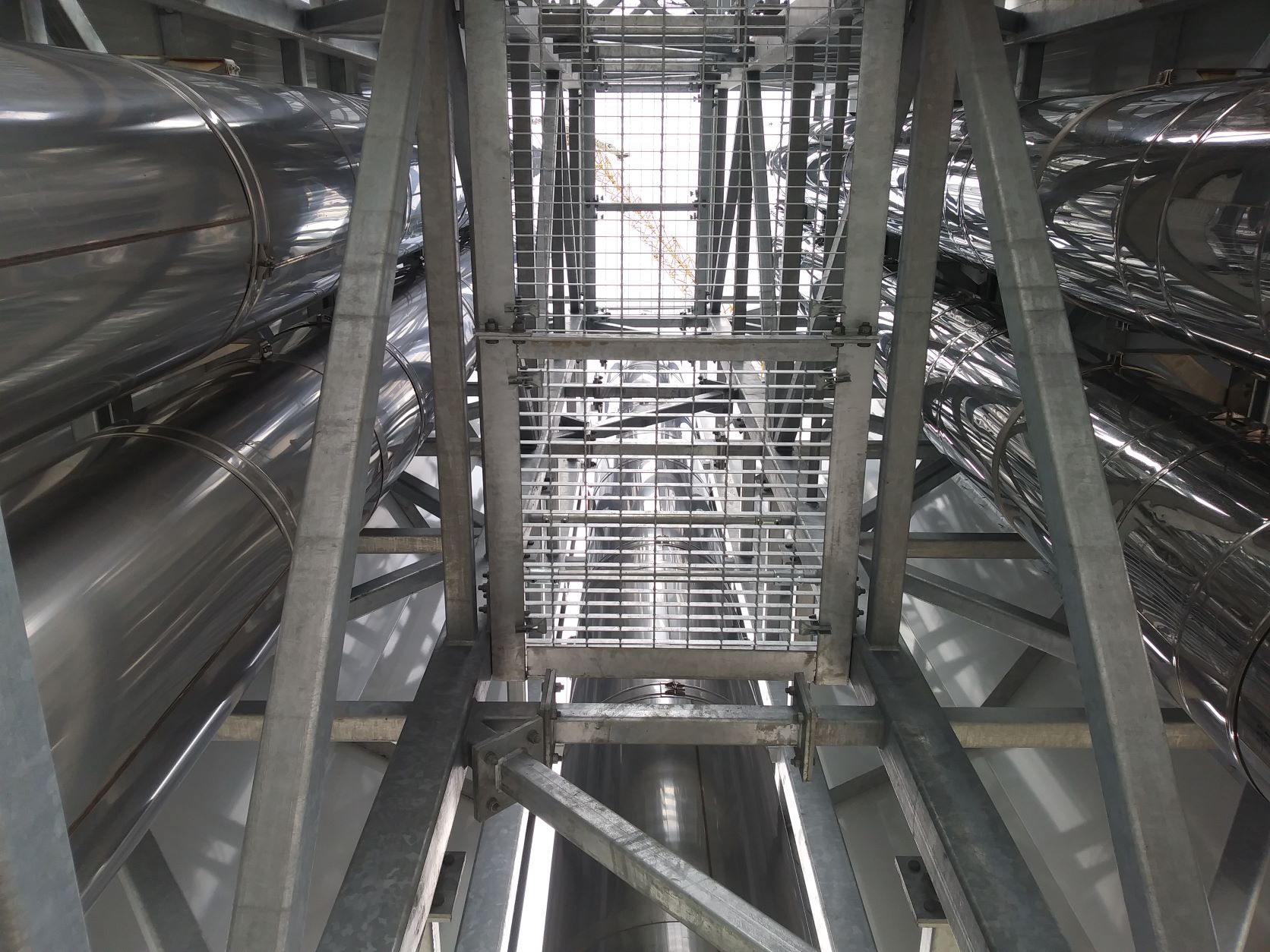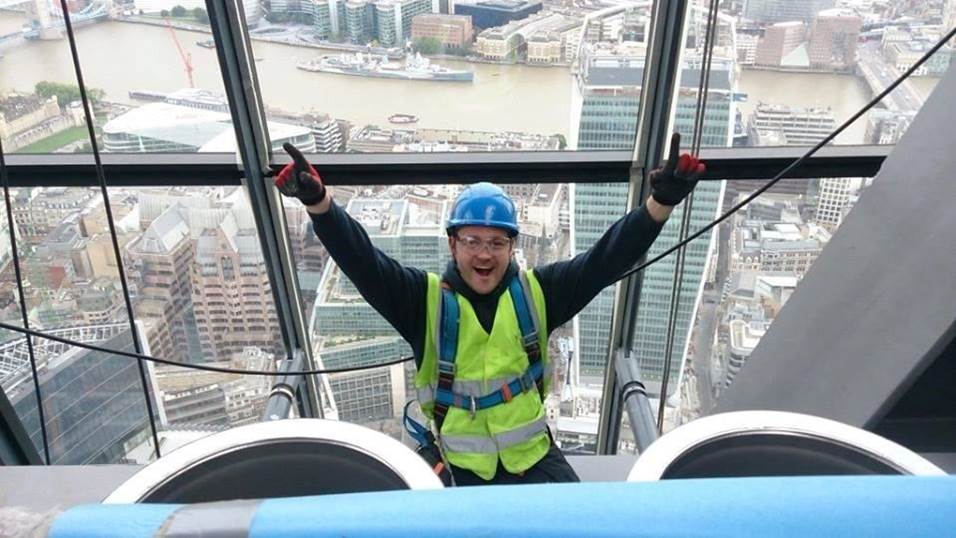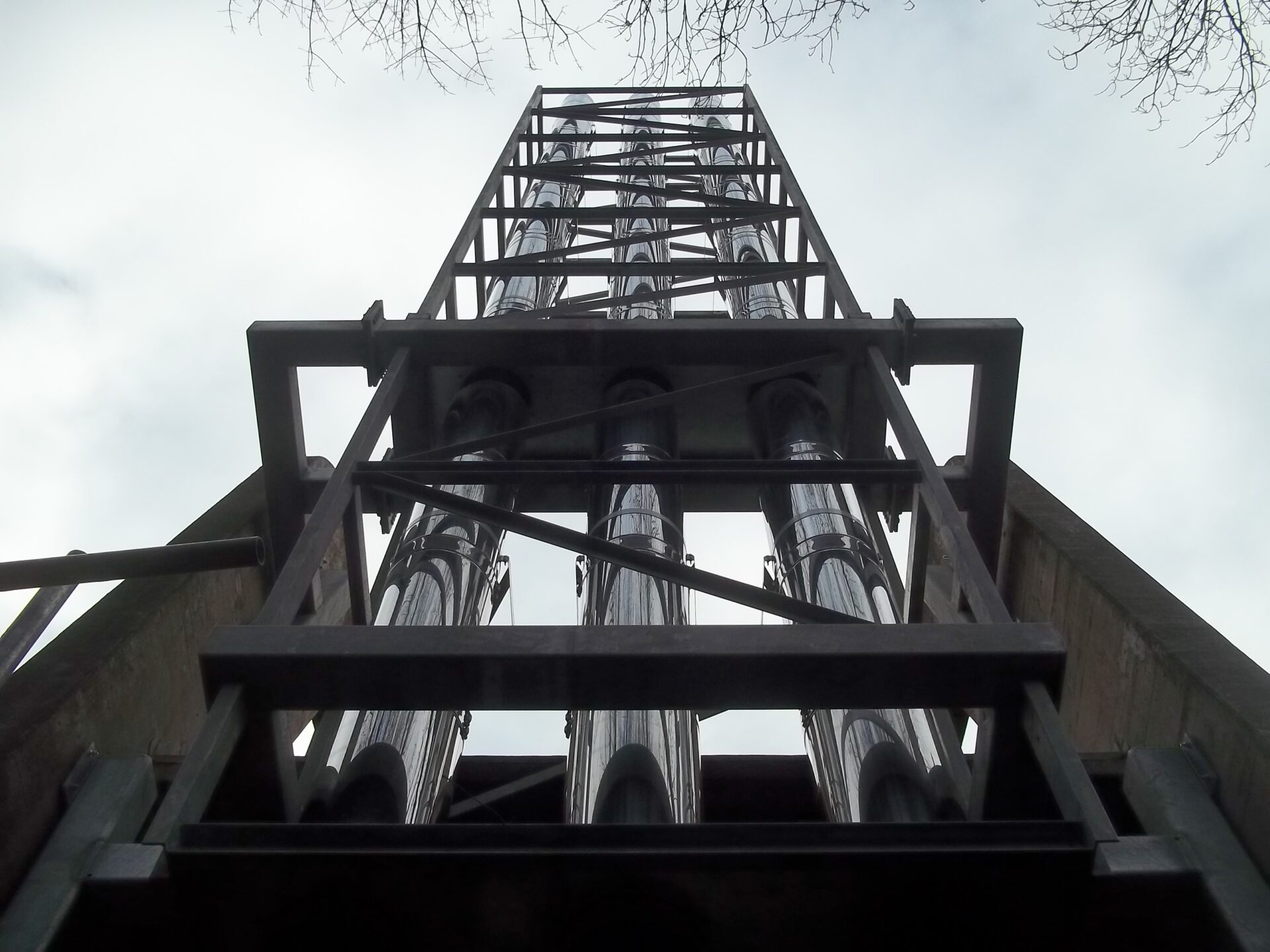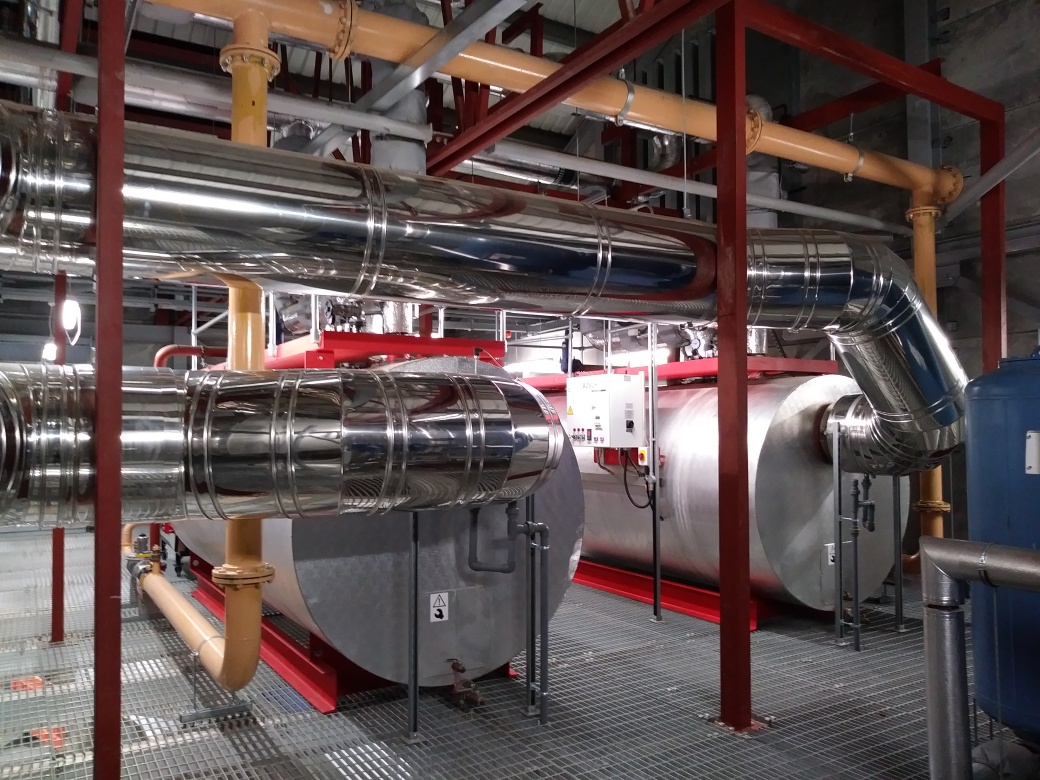WINDSHIELDS FREESTANDING CHIMNEY
Challenges in Multi Flue Chimneys / Windshields Installation

In situations where energy centres or boiler houses are distant or inadequately elevated, connecting chimney flues securely to buildings poses challenges.
Structural integrity becomes paramount, necessitating additional support and height adjustments to withstand environmental factors.
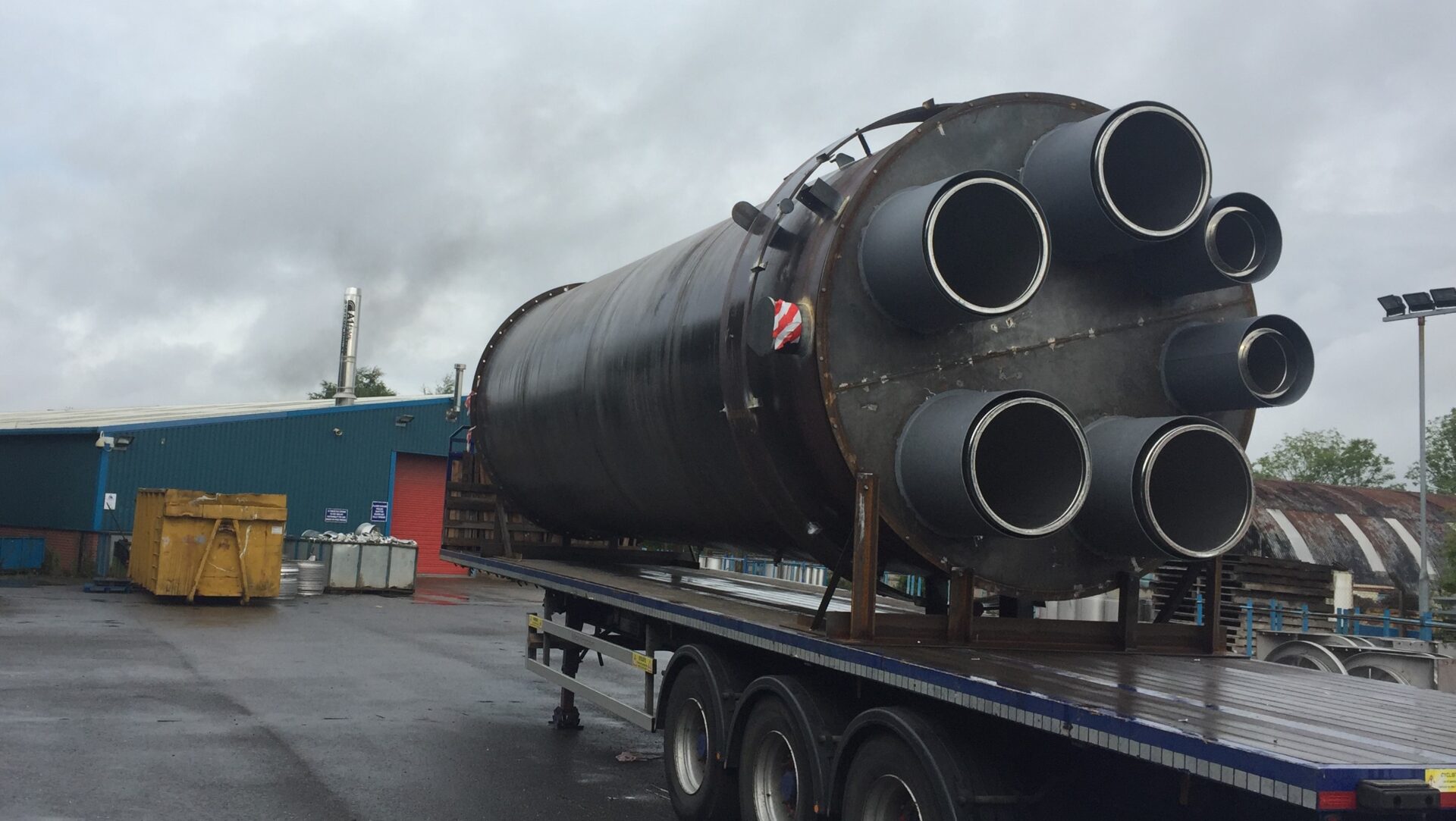

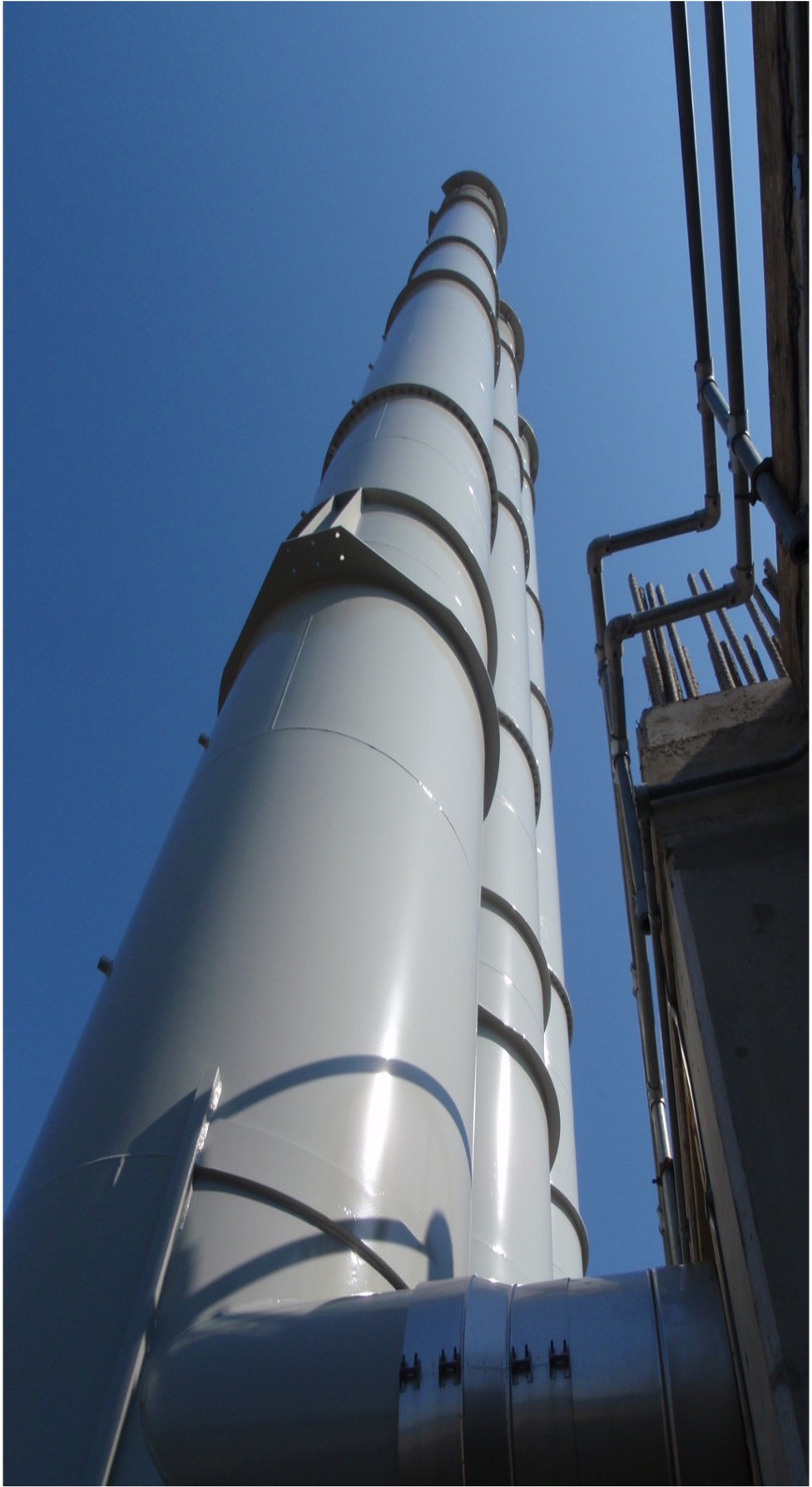
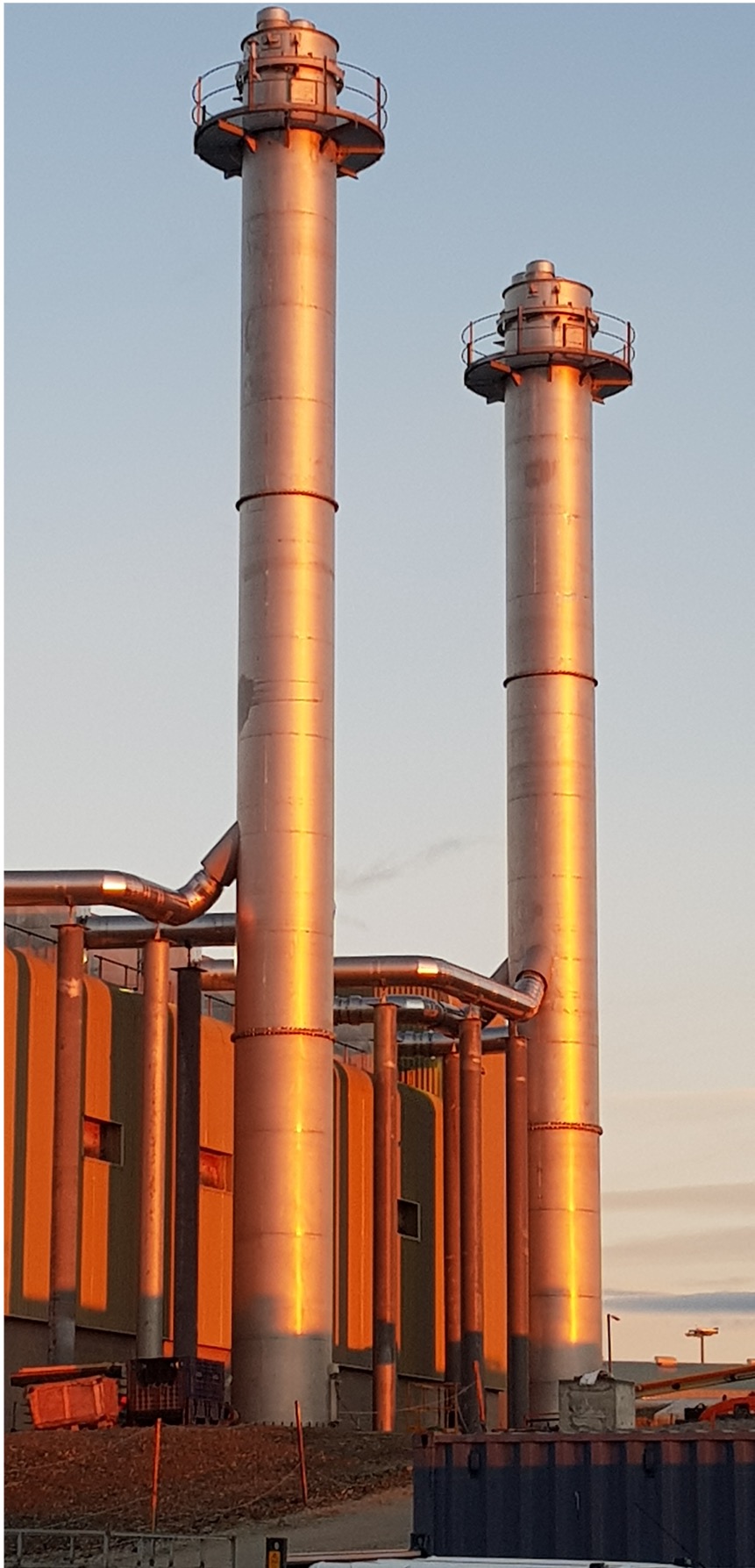
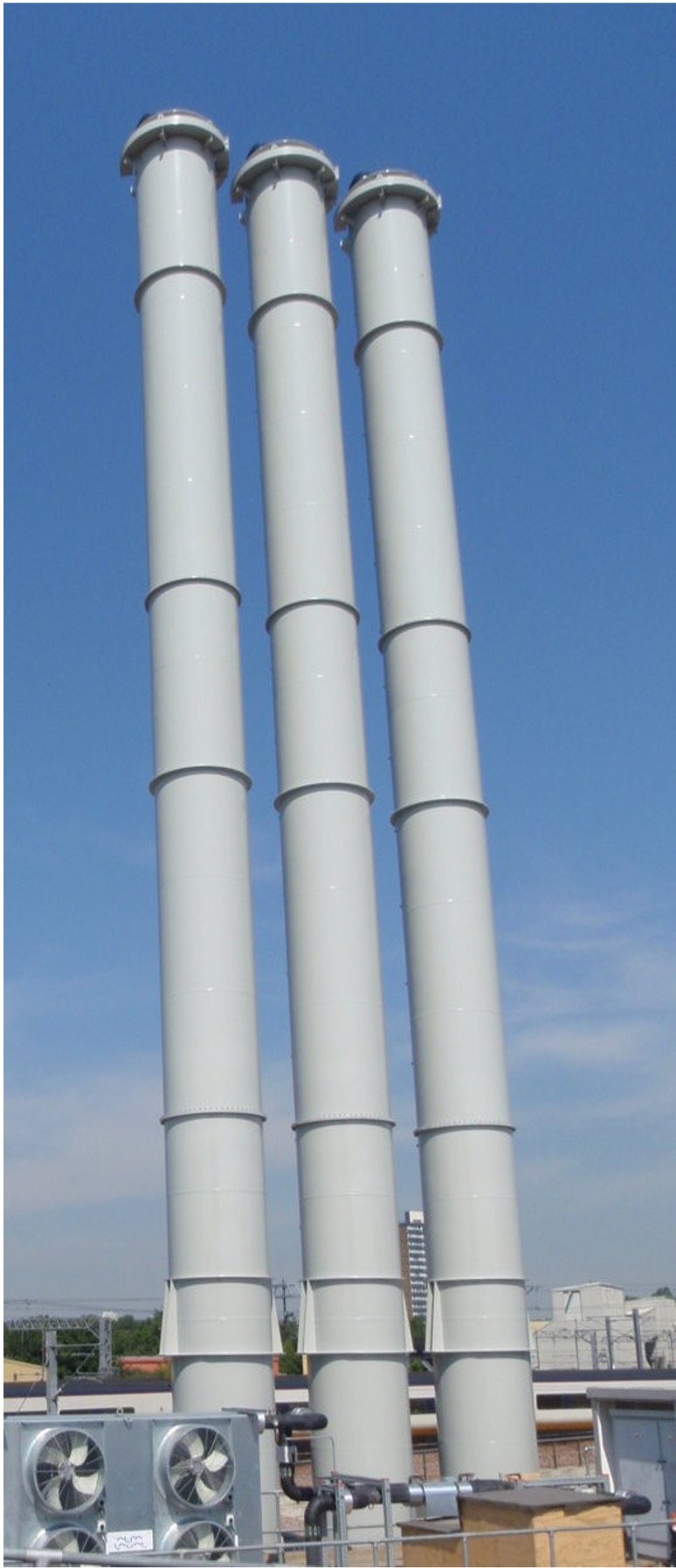
Steel chimneys are structures with tall, slender and tapering with circular cross sections. They are ideally suited for process work where a low thermal capacity required and short heat-up period. This article presents different types of steel chimneys are their designs.
When the lateral forces (wind or seismic forces) are transmitted to the foundation by the cantilever action of the chimney, then the chimney is known as self-supporting chimney. The self-supporting chimney together with the foundation remains stable under all working conditions without any additional support. Our self-supporting chimneys are made up to 3 m diameter and range from 6 m to 100m in height.
Tuned Mass Dampers
Tuned Mass Dampers or TMD’s, are additional damping which are added to slender structures to help eliminate or minimise unwanted movements which cause damage to the structures. As these structures can be lightweight, they are vulnerable to natural forces such as wind, waves or even earthquakes. This can cause damage as the continuous unwanted movements cause the natural resonance frequency to move closer to the vortex shredding frequency. TMD’s help to prevent this and avoid any issues or complications down the road.
Fluid Viscous Dampers
Fluid Viscous Dampers are an alternative form of damper which work based on the principle of dissipation of energy due to fluid flowing through orifices
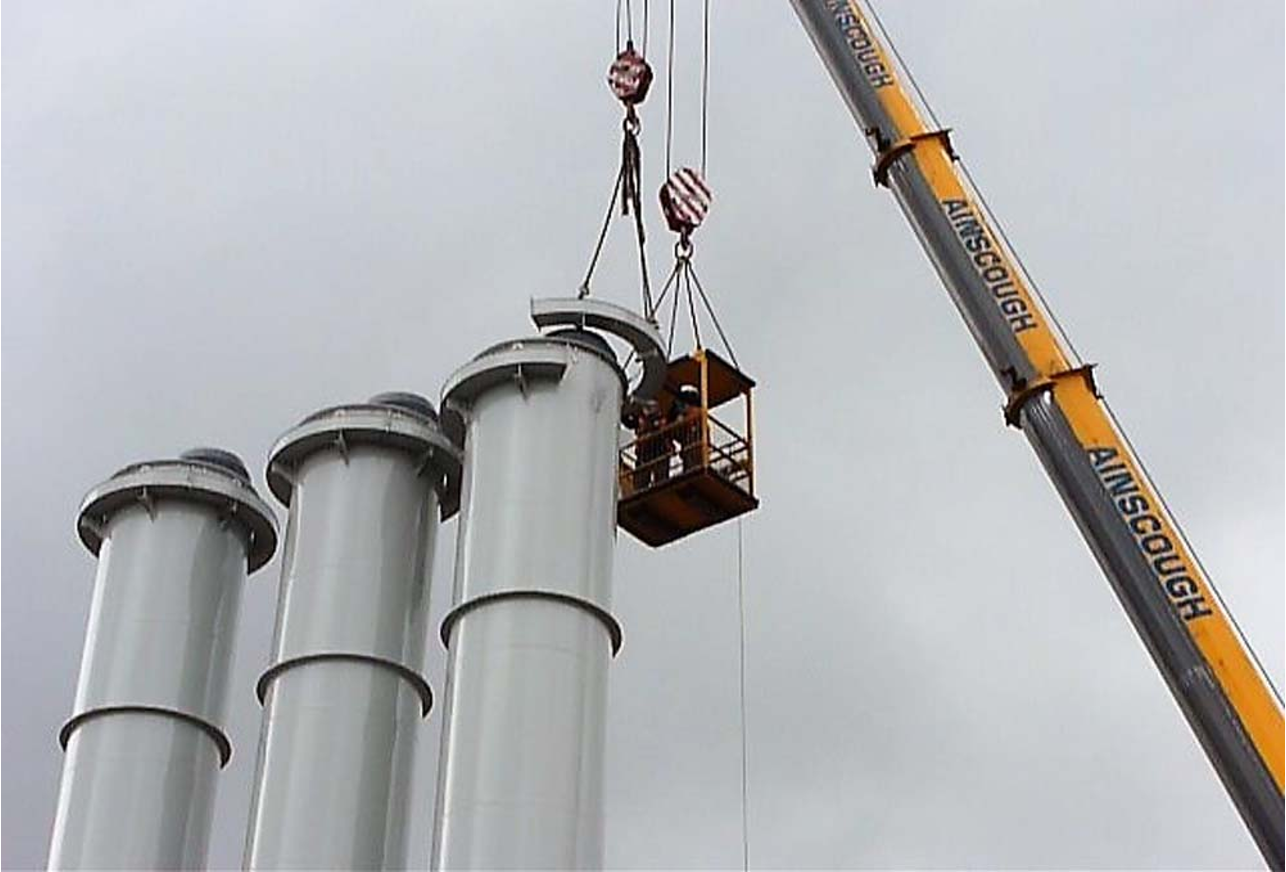
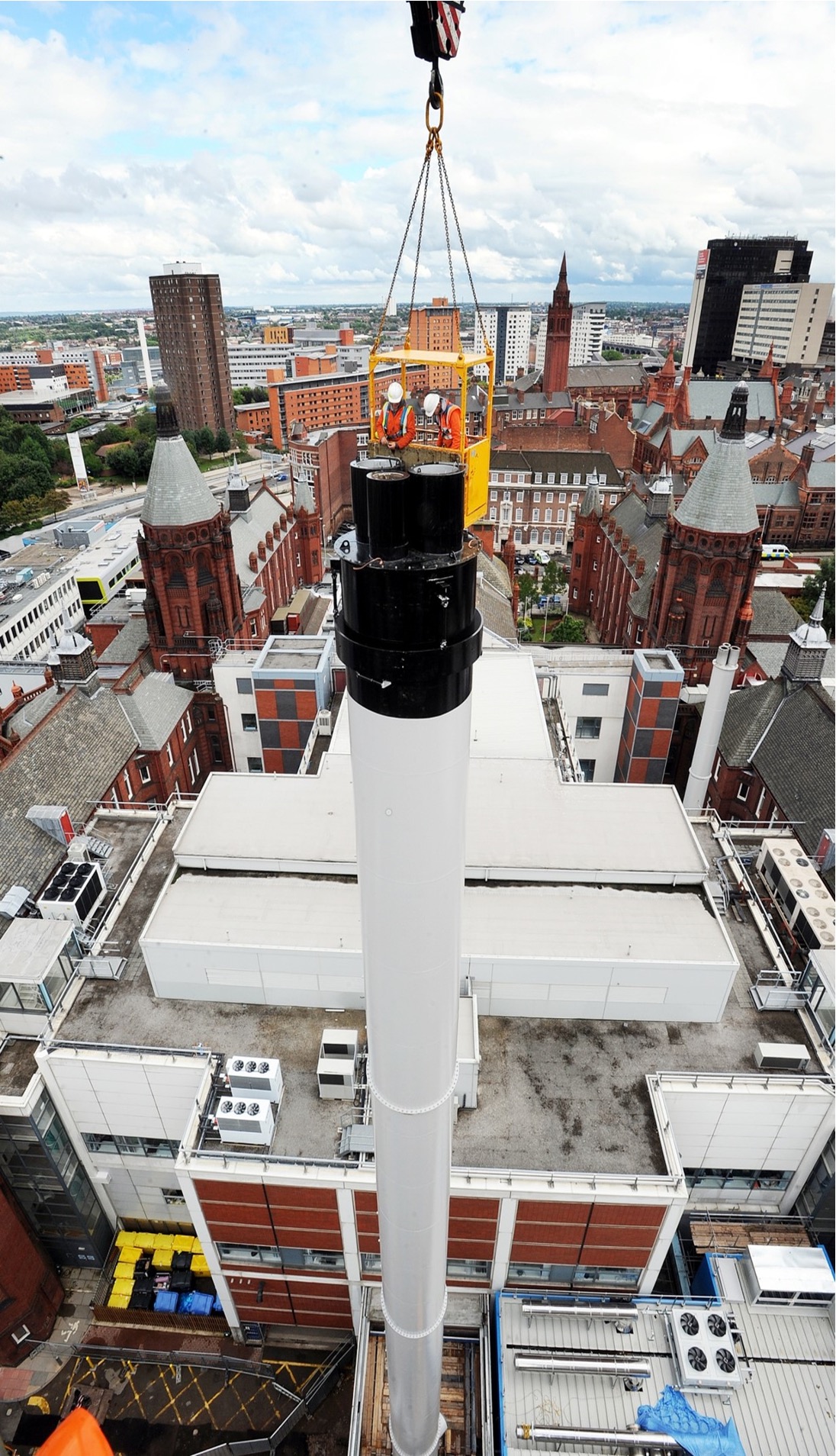

Atmospheric boilers
Atmospheric boilers take in air for combustion directly from the place in which they are located (unlike more modern boiler designs which take air in from the outside of the building through a tube).

Ovens & Bakery
Commercial bakery ovens are available in various types, each suited to specific production needs:

Biomass Heating System
Biomass heating systems generate heat from biomass. The systems may use direct combustion, gasification, combined heat and power (CHP), anaerobic digestion or aerobic digestion to produce heat.
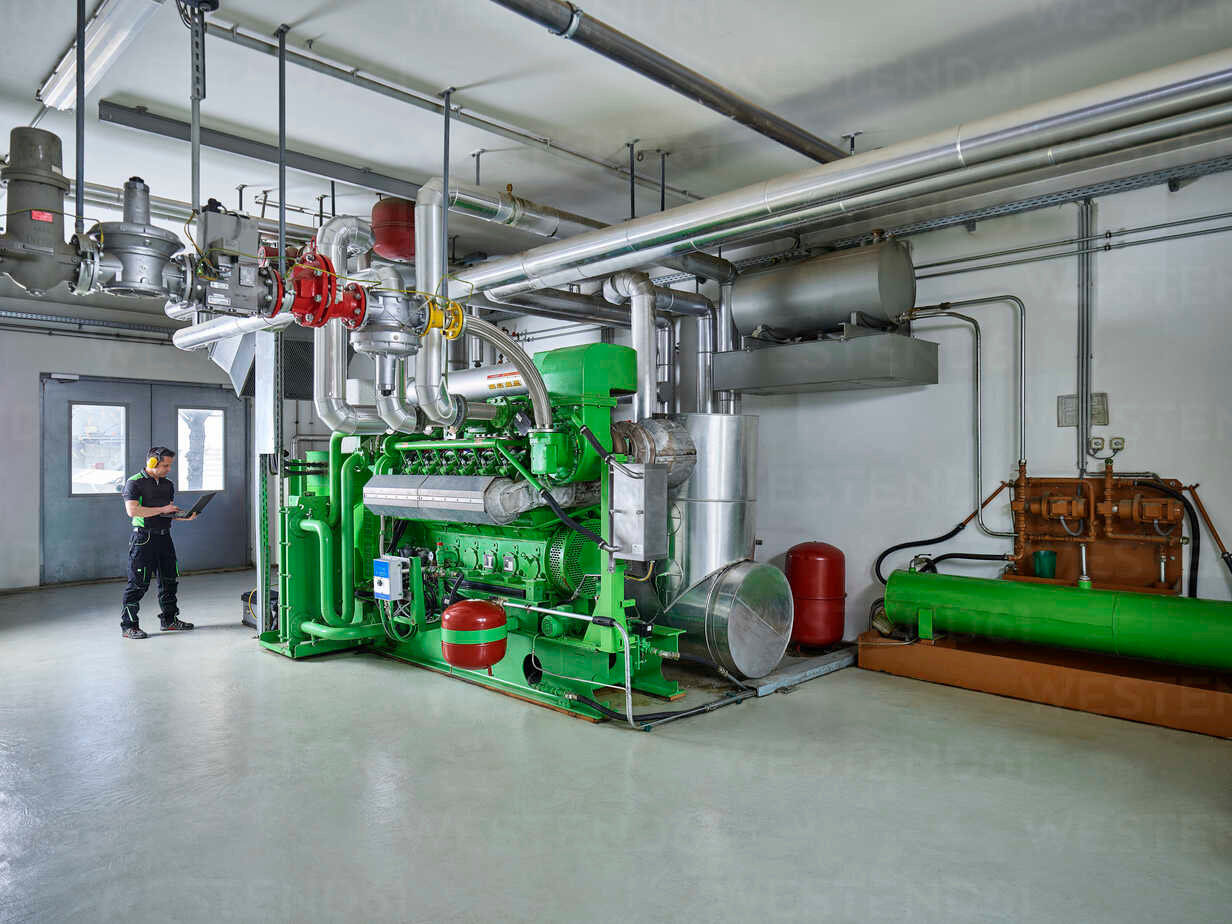
Combined Heat & Power
Combined heat and power (CHP), also known as cogeneration, is a highly efficient power plant that generates heat and power simultaneously.

Commercial Ventilation
A1 Flue Systems is a UK specialist in commercial ventilation systems for buildings of all sizes, from small office blocks to schools, hospitals and large skyscrapers.
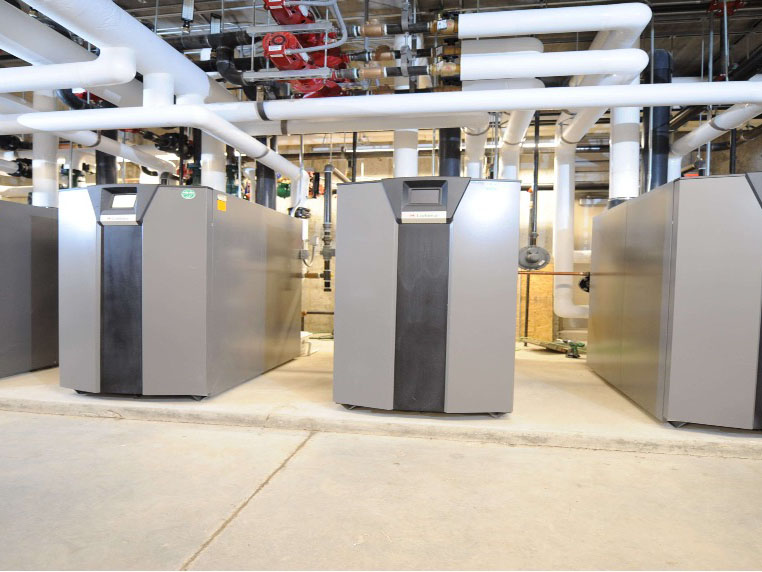
Condensing Boilers
Condensing boilers capture the exhaust condensation of the burning gas that would otherwise be wasted through the flue.

District Heating Systems
It used geothermal energy to provide heat for about 30 houses and started operation in the 14th century
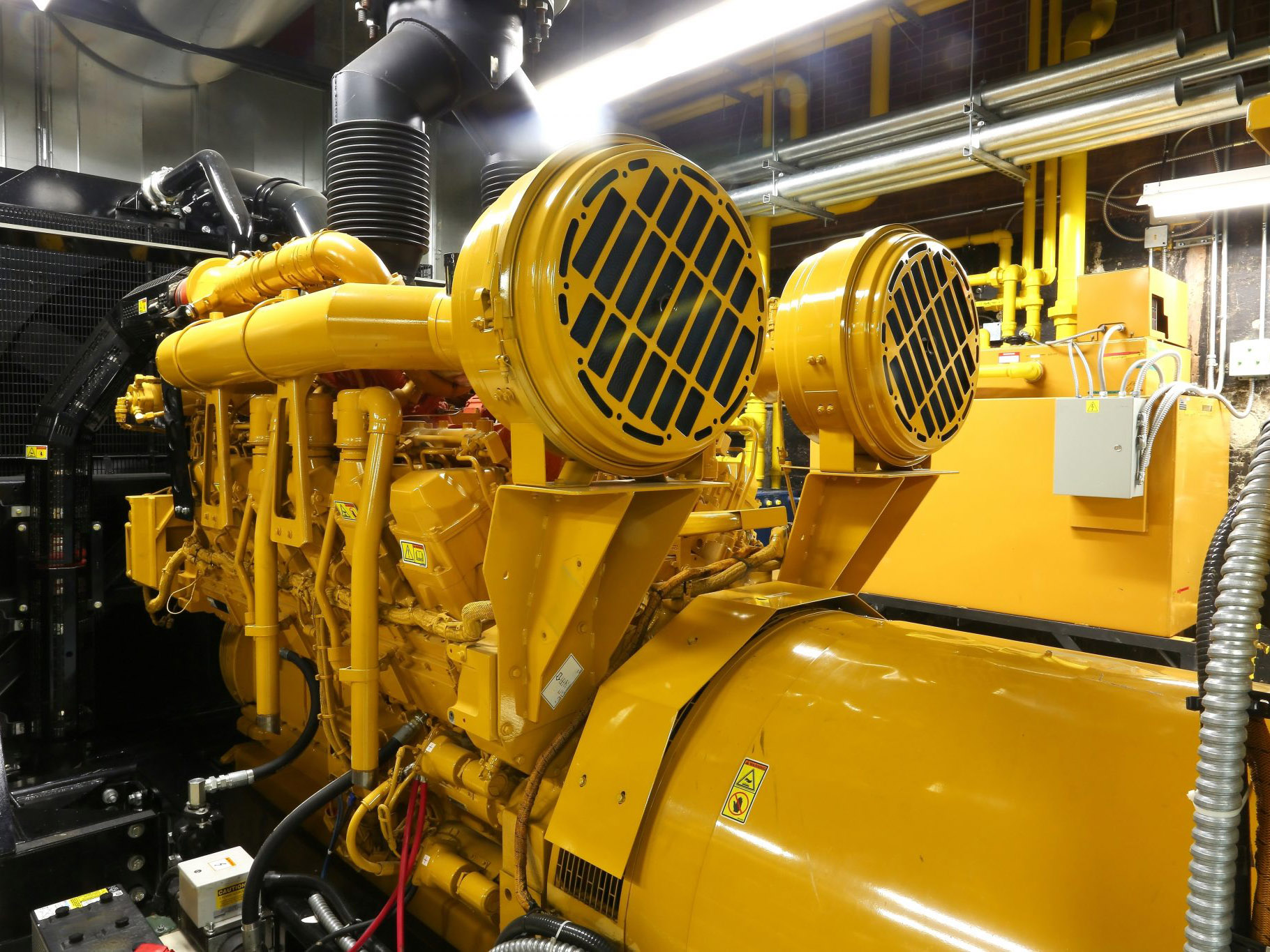
Standby Generators
Automatic standby generator systems may be required by building codes for critical safety systems such as elevators in high-rise buildings, fire protection systems, standby lighting

Diesel Generators
Some applications require the diesel generator to accept a high impact load, with minimal voltage and frequency deviations in the event of a power loss
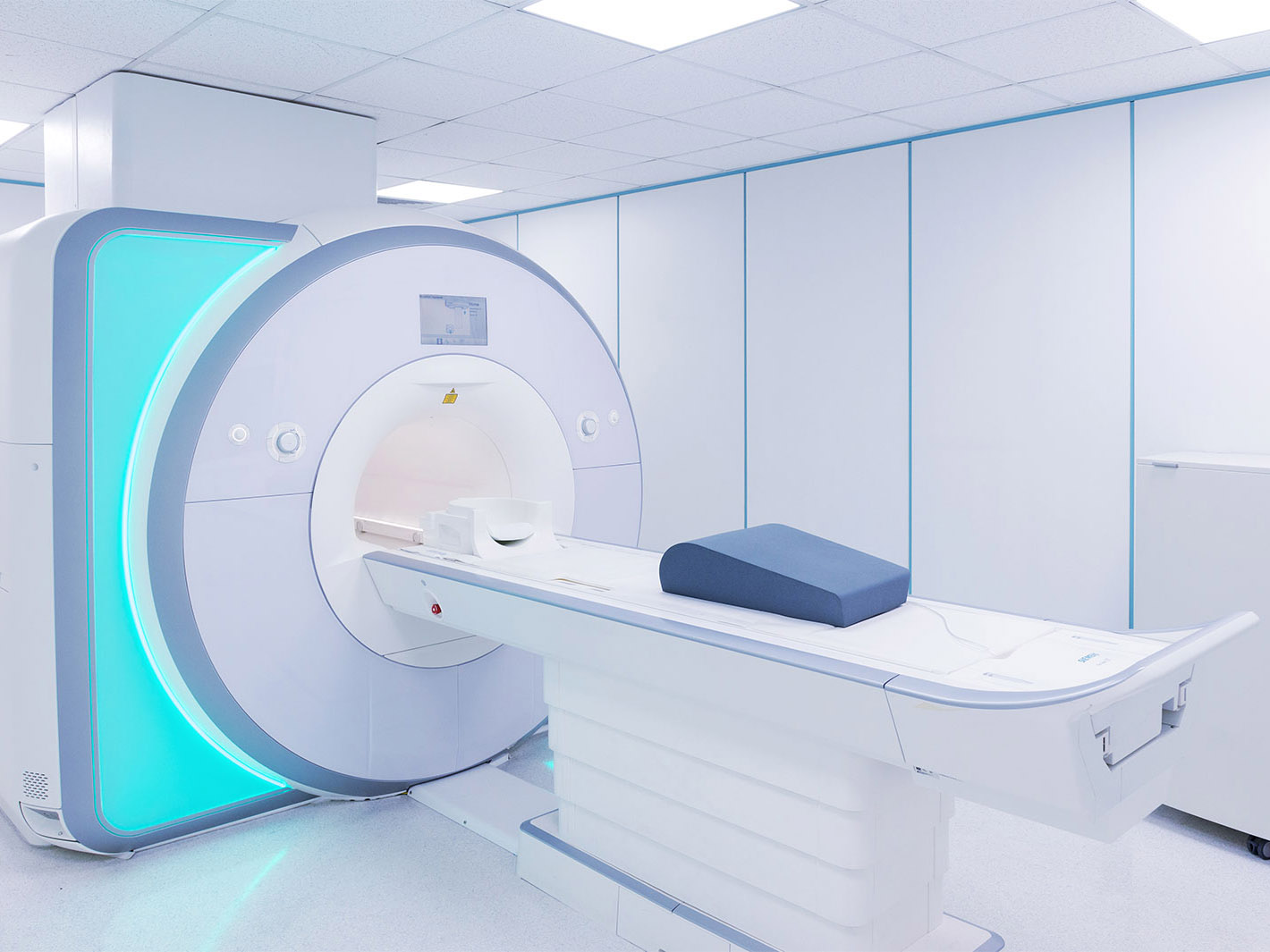
Cryogen Quench Pipe
We have decades of experience in the design manufacture, and installation of flues, exhausts, flue dilution and extract systems , this also includes Quench pipes for MRI machines.

Chimneys Liners
Most commercial chimneys were constructed without a liner system, although some were originally built better than others given time they all tend to breakdown over the years.
Need a Flue?
We'll Help You!








